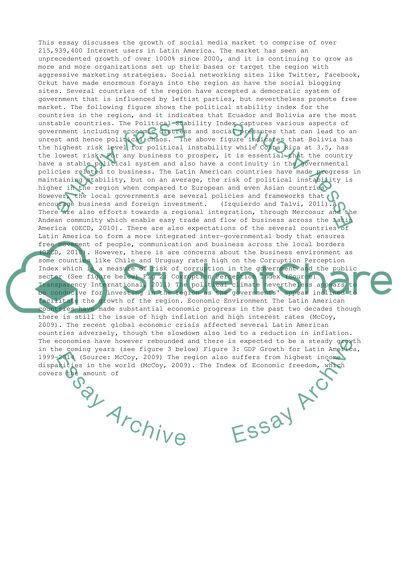Cite this document
(“Latin America: Operational and Leadership Challenges Thesis”, n.d.)
Retrieved de https://studentshare.org/business/1391344-cross-border-cases-impact-of-social-media-networks
Retrieved de https://studentshare.org/business/1391344-cross-border-cases-impact-of-social-media-networks
(Latin America: Operational and Leadership Challenges Thesis)
https://studentshare.org/business/1391344-cross-border-cases-impact-of-social-media-networks.
https://studentshare.org/business/1391344-cross-border-cases-impact-of-social-media-networks.
“Latin America: Operational and Leadership Challenges Thesis”, n.d. https://studentshare.org/business/1391344-cross-border-cases-impact-of-social-media-networks.


